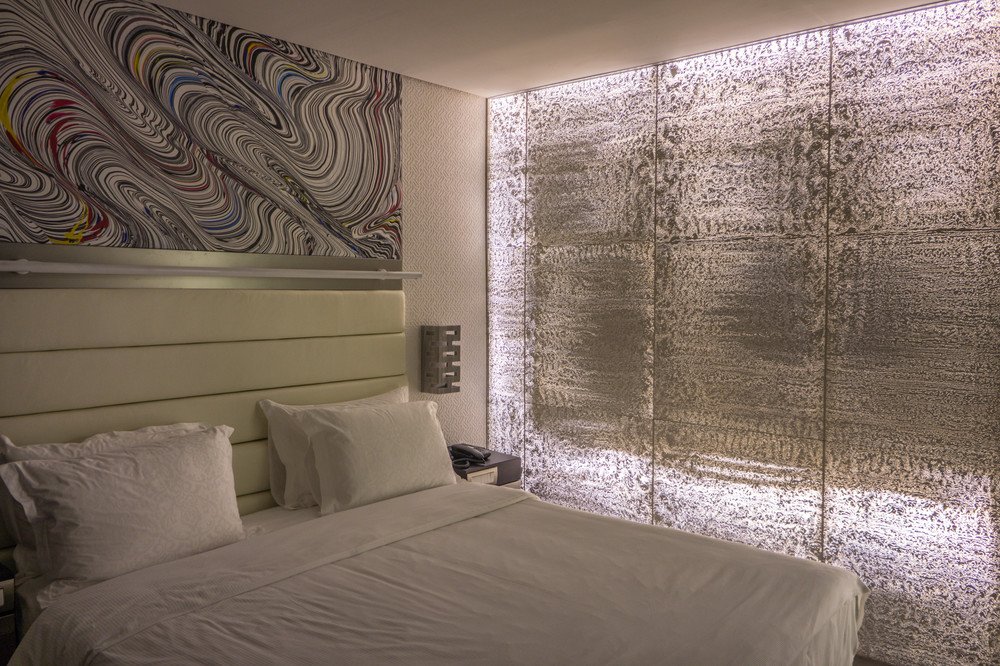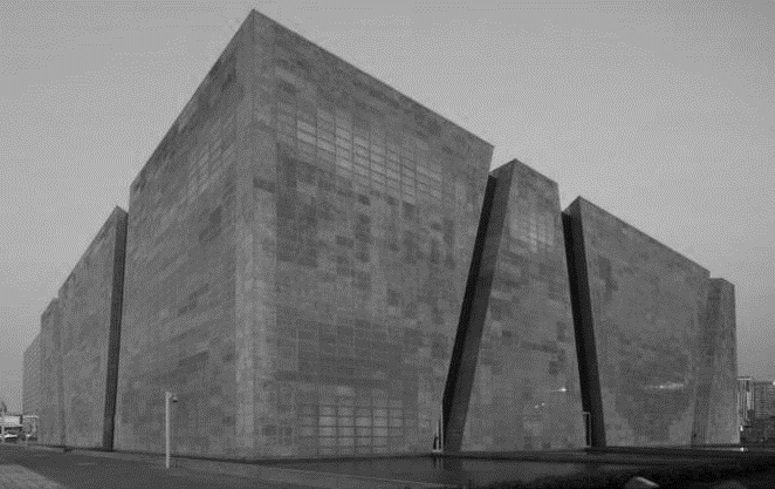Concrete is the most widely used building material in the world. In recent years, researchers and manufacturers have collaborated to develop various types of concrete to enhance the quality and economic value of construction. Among these innovations, translucent concrete has gained popularity across multiple industries worldwide. Known for its energy-saving and eco-friendly properties, translucent concrete is increasingly utilized in fine architecture and interior cladding.
What Is Translucent Concrete?
Translucent concrete operates on the principle of ‘Nano Optics,’ where optical fibers embedded within the concrete transmit light from one side to the other. These fibers are evenly distributed throughout the concrete, creating patterns that appear as shadowy outlines on the opposite side.
A Brief History of Translucent Concrete
The concept of translucent concrete can be traced back to the early 1900s, following significant advancements in polymer-based optical fibers. Although the idea of light-transmitting concrete existed for years, it was Hungarian architect Aron Losonczi who introduced the modern concept in 2001. Losonczi successfully produced the first transparent concrete block, named LiTraCon (Light Transmitting Concrete), within two years of proposing the idea. This innovative material quickly gained popularity in countries such as Italy, Germany, and China.

How Is Translucent Concrete Manufactured?
Translucent concrete is composed of fine concrete (cement and sand) and optical fibers. These fibers replace traditional aggregates and can transmit light from both natural and artificial sources at angles greater than 60 degrees. The optical fibers consist of three layers: the buffer coating, cladding, and core, with light passing through the core.
The manufacturing process is similar to that of traditional concrete, with the key difference being the addition of 4% to 5% optical fibers by volume. The process involves layering fibers alternately with thin layers of concrete (2mm to 5mm). The thinner the layer, the more light can pass through. Translucent concrete does not contain coarse aggregates, as they can damage the fibers and impede light transmission. Fast-setting cement and craft clay are used to secure the fibers within the concrete. As a pre-cast material, translucent concrete is cut into blocks or panels, polished, and prepared for use.
Applications of Translucent Concrete in the Construction Industry
Although not as widely used as traditional concrete, translucent concrete has been applied in various architectural projects as a façade material. It is suitable for flooring, pavements, staircases, desks, partition walls, doors, and panels. By illuminating interiors during the day, translucent concrete enhances the aesthetic appeal of spaces. It is also used to light up dark or windowless areas like basements and to construct illuminated sidewalks and speed bumps for increased nighttime safety.

Examples of Translucent Concrete Projects
Despite its limited use, translucent concrete has been employed in several notable projects. The “European Gate,” built in 2004 to commemorate Hungary’s entry into the European Union, is a prominent landmark featuring light-transmitting qualities. Another example is the Stuttgart City Library in Germany, designed by Yi Architects, which is renowned for its cube shape and translucent roof that allows natural light to illuminate the interior.
The Future of Translucent Concrete as a Building Material
Translucent concrete has the potential to reduce power consumption, making it an eco-friendly alternative to traditional concrete. Beyond its economic and environmental benefits, translucent concrete enhances the visual appeal and aesthetic value of structures.
However, its widespread adoption faces challenges. The high cost of optical fibers makes translucent concrete more expensive than traditional concrete. Additionally, the integration of optical fibers requires skilled labor, and expertise in this technology is currently limited.
For translucent concrete to become a viable alternative, researchers must develop cost-effective manufacturing methods. Many experts believe that translucent concrete could revolutionize the market, offering an economical and eco-friendly option for commercial and residential projects. Manufacturers are actively working to reduce production costs, aiming to make translucent concrete an affordable choice for future construction.
Conclusion
Translucent concrete represents a significant advancement in building materials, combining functionality with aesthetic appeal. Its ability to transmit light offers unique design possibilities and energy-saving benefits. While challenges remain in terms of cost and expertise, ongoing research and development efforts are likely to make translucent concrete a more viable and widespread option in the construction industry. As the demand for sustainable and innovative building solutions grows, translucent concrete is poised to play an increasingly important role in shaping the future of architecture and construction.


